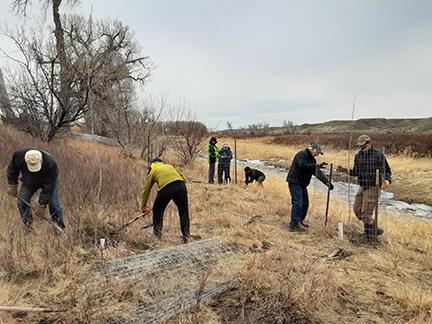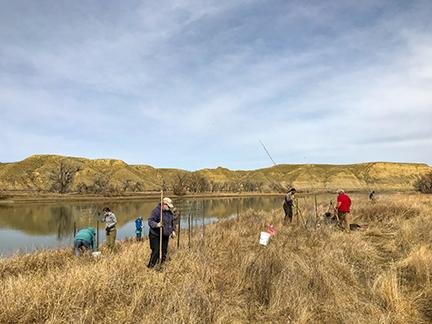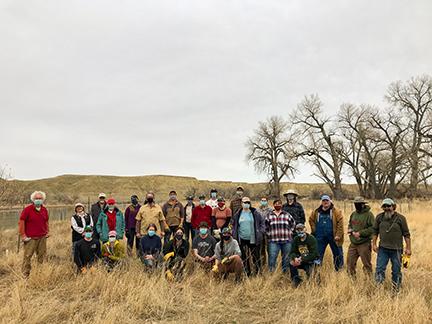Related Stories
- Smokey Bear joins Mr. & Mrs. Claus to continue LTVA annual toy giveaway
- Stewardship and smiles at Samoa Dunes: BLM California hosts National Public Lands Day event
- BLM is thankful for public lands volunteers
- Lake Havasu Fisheries Improvement Program: Thirty years of stewardship, science, and community
- Monument map earns ‘finalist’ honors in global GIS awards



